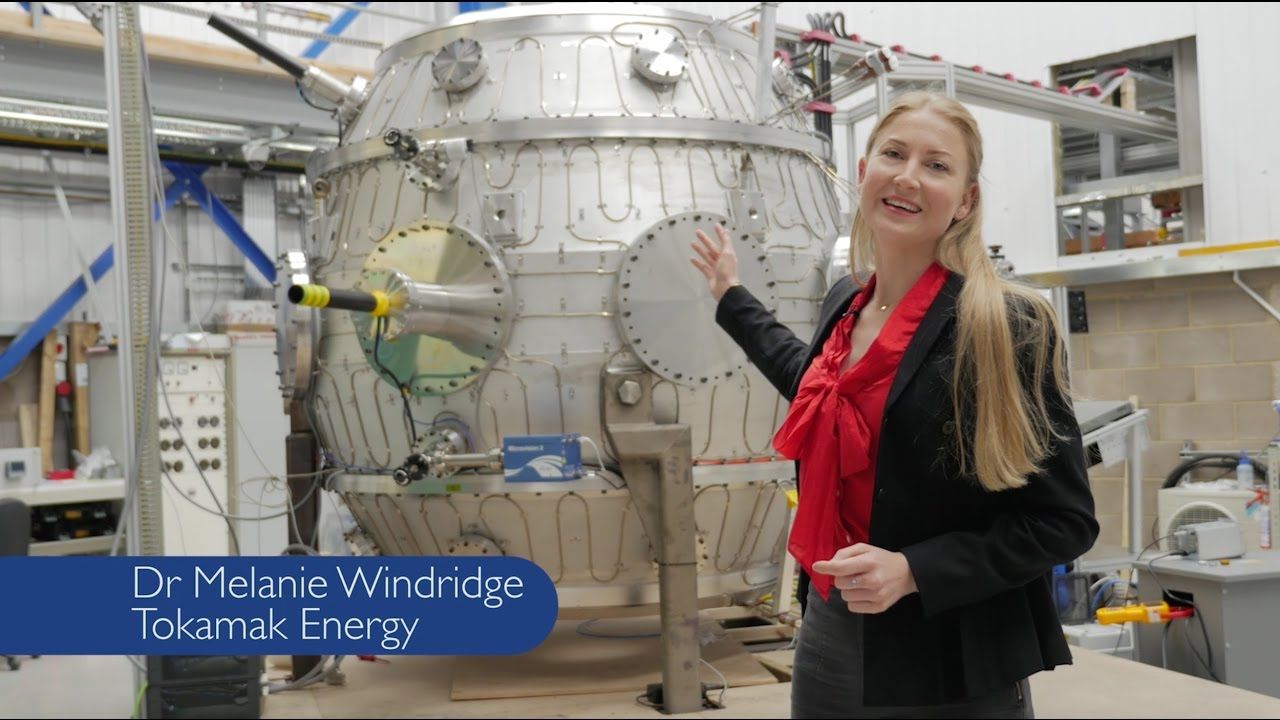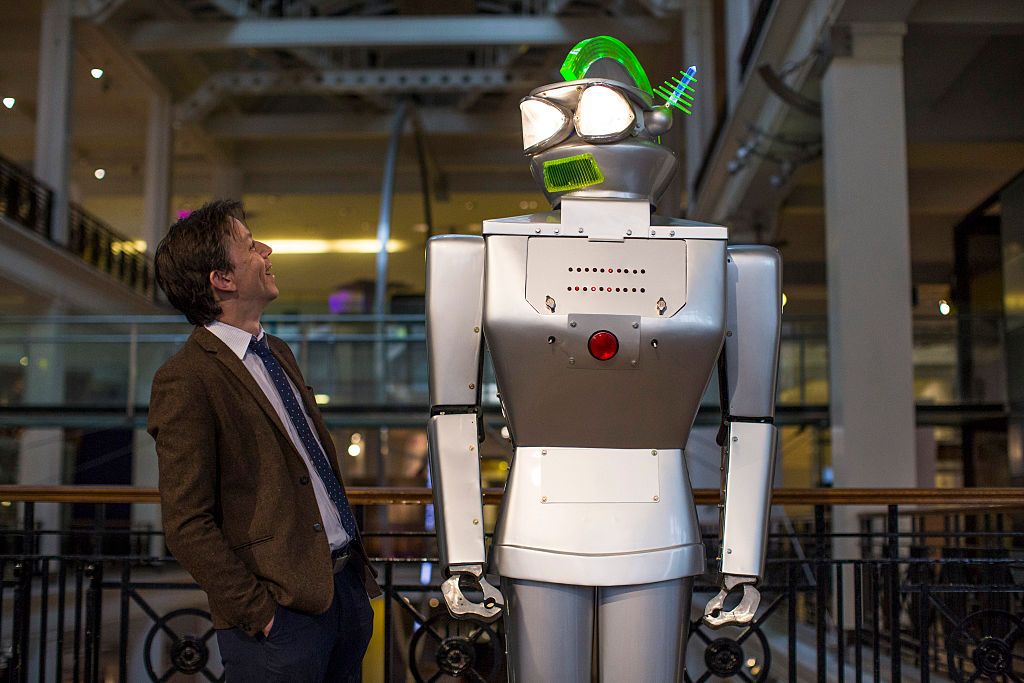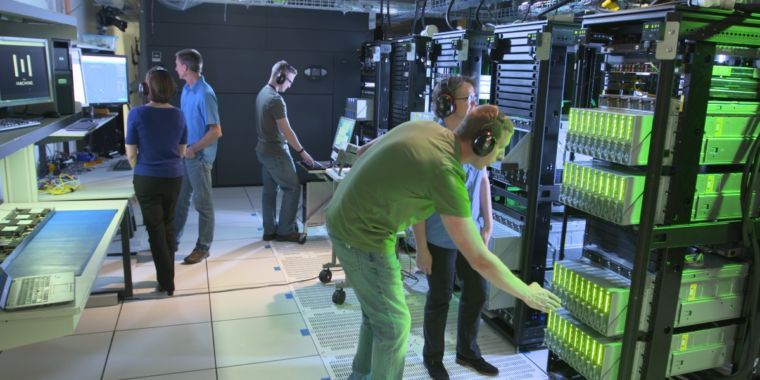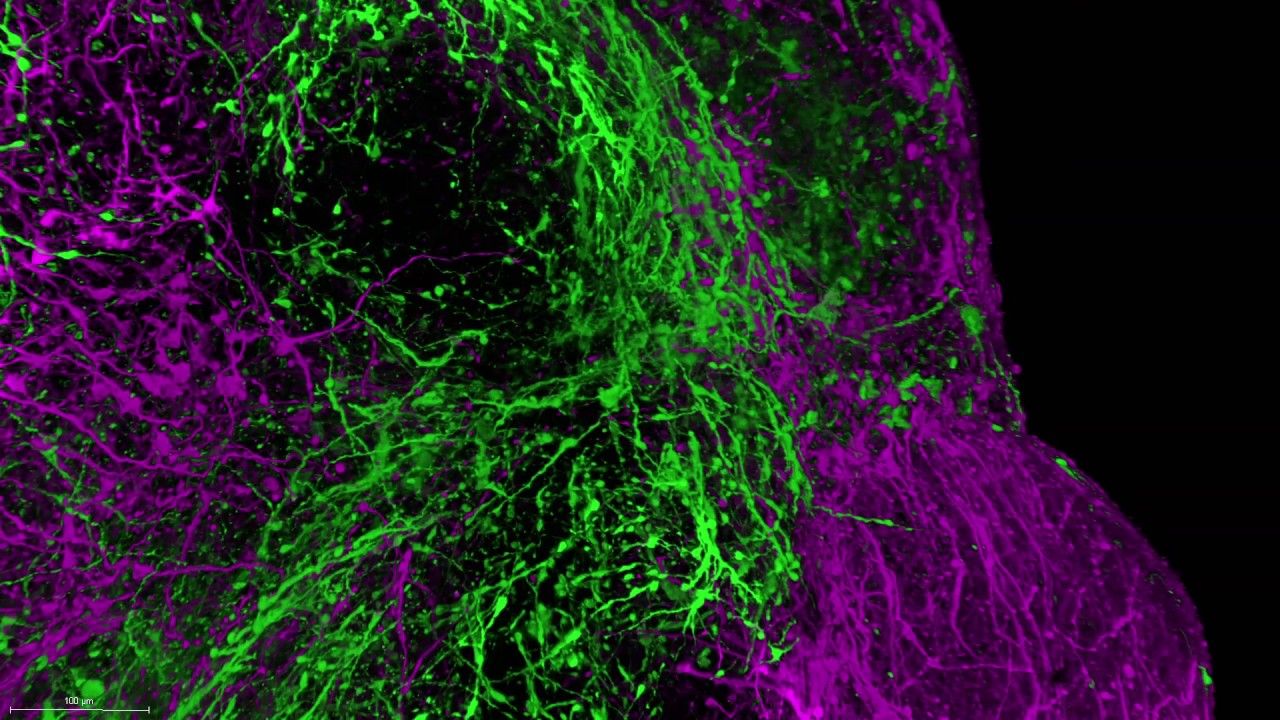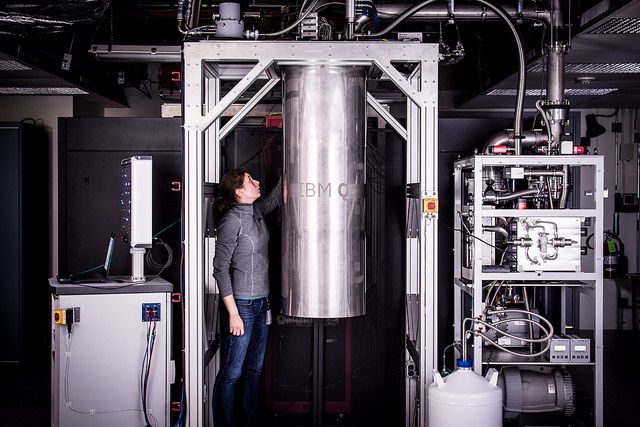It’s basically the lower half of Iron Man’s suit, minus rocket boosters and armor.
- The small, spherical Tokamak ST40 reactor is on track to reach its next goal of hitting the 15,000,000 °C (27,000,000 °F) mark this autumn.
- When it does, we will be one step closer to achieving fusion power on a commercial scale.
Earlier this month the newest fusion reactor in the U.K., Tokamak Energy’s ST40, achieved first plasma. This milestone event on the road to fusion energy signals the viability of the company’s overall timetable. The more immediate aim for the ST40 is to achieve a temperature of 15,000,000 °C (27,000,000 °F), as hot as the center of the sun — this should happen in autumn of 2017 based on the progress thus far.
My Immortality Bus trip and transhumanist presidential campaign is the subject of the first chapter (40 pages long). Grab a copy of this excellent book and read about radical personalities attempting to change the world: https://www.amazon.co.uk/Radicals-Jamie-Bartlett-ebook/dp/B0…sr=8-1
Even the most exciting breakthrough medical treatment can be rendered obsolete by a particularly insurmountable obstacle: time.
If a treatment only works temporarily, it has little chance of making a significant difference in the lives of patients, which is why the latest news from the University of Miami’s Diabetes Research Institute is so exciting.
A year after transplanting insulin-producing islet cells into the omentum of a woman with a particularly unwieldy form of type 1 diabetes, the cells continue to operate as hoped.
Brain balls sound like something straight out of a Tim Burton movie: starting as stem cells harvested from patients, they eventually develop into masses of living neurons, jumbled together in misshapen blobs.
Just like the developing brain, these neurons stretch and grow, reaching out skinny branches that grab onto others to form synapses—junctions where one neuron talks with the next.
And they do talk: previous attempts at growing these “brain organoids” found that they spark with electrical activity, much like the webs of neurons inside our heads that lead to thoughts and memories.
Bioprinting new organs and tissues could make transplants available and affordable for all, but is still decades away. In the meantime, scientists have re-purposed the technology to 3D print biocompatible high-precision silicone implants instead.
Soft materials like biological material or silicone are difficult to 3D print because they can’t support themselves like the more rigid plastics typically used by 3D printers. In 2015, Tommy Angelini’s lab at the University of Florida developed a new way of 3D printing soft materials by injecting them into a granular gel similar to hand sanitizer that supports them as they are deposited.
IBM announced today it has successfully built and tested its most powerful universal quantum computing processors. The first new prototype processor will be the core for the first IBM Q early-access commercial systems. The first upgraded processor will be available for use by developers, researchers, and programmers to explore quantum computing using a real quantum processor at no cost via the IBM Cloud. The second is a new prototype of a commercial processor, which will be the core for the first IBM Q early-access commercial systems.
Launched in March 2017, IBM Q is an industry-first initiative to build commercially available universal quantum computing systems for business and science applications. IBM Q systems and services will be delivered via the IBM Cloud platform. IBM first opened public access to its quantum processors one year ago, to serve as an enablement tool for scientific research, a resource for university classrooms, and a catalyst of enthusiasm for the field. To date users have run more than 300,000 quantum experiments on the IBM Cloud.
With the introduction of two new processors today for IBM Q, the company is building the foundation for solving practical problems in business and science that are intractable even with today’s most powerful classical computing systems. The two new IBM-developed processors include:

